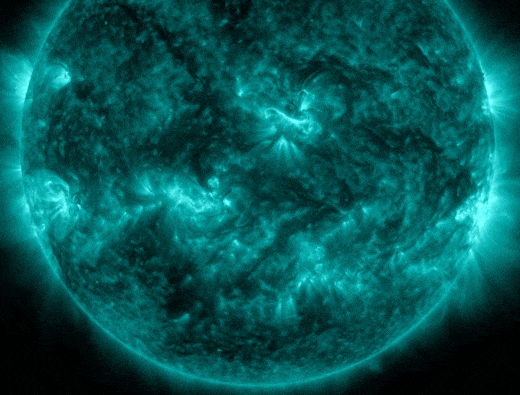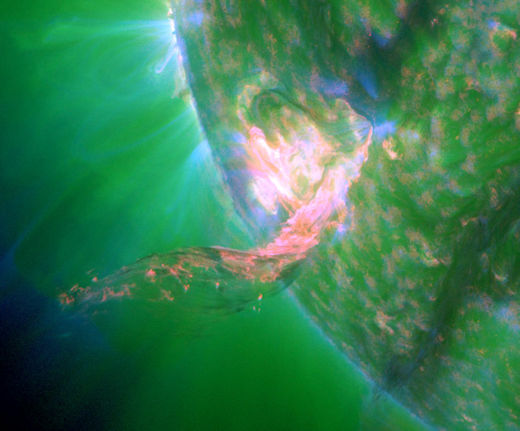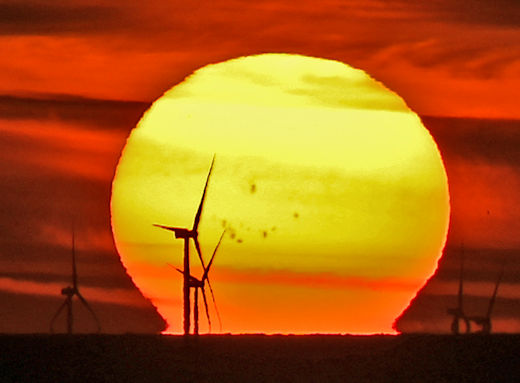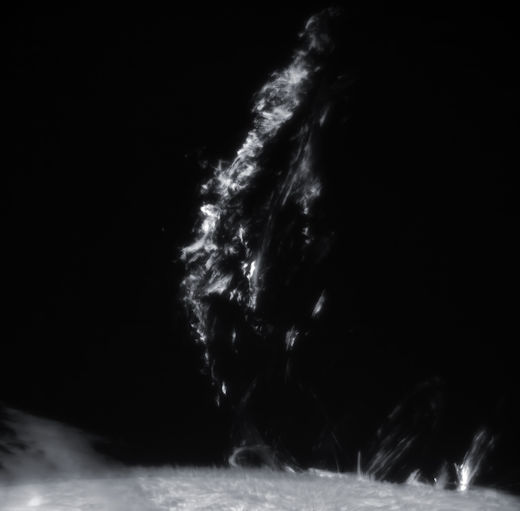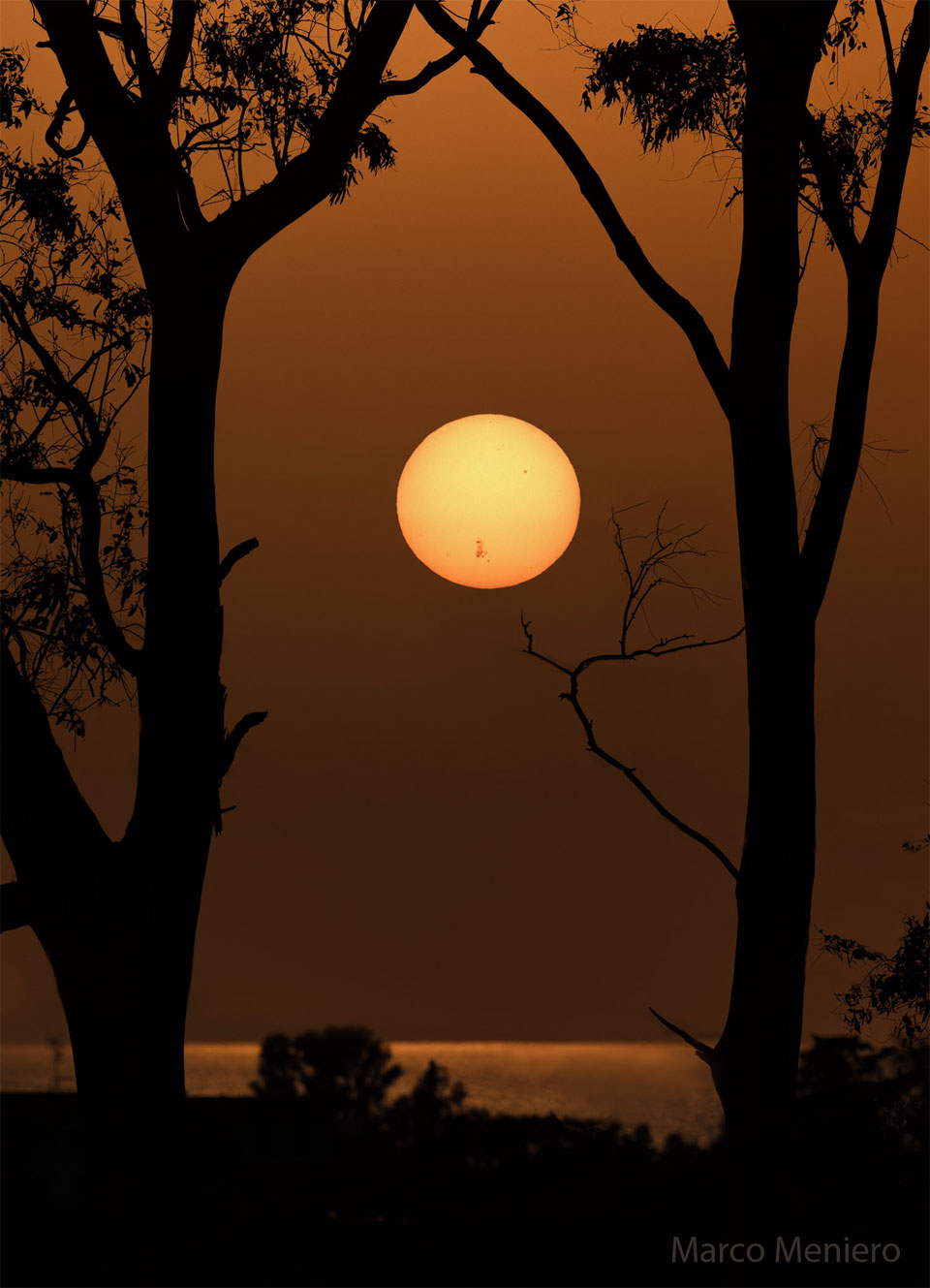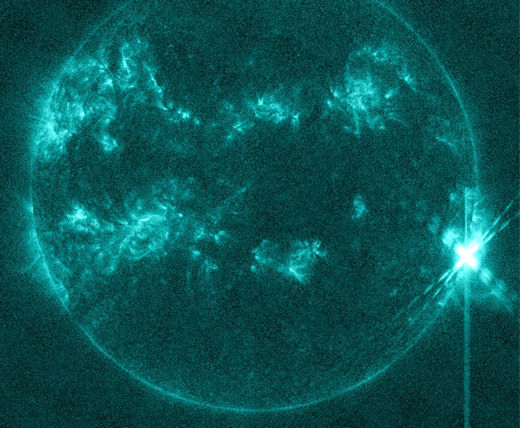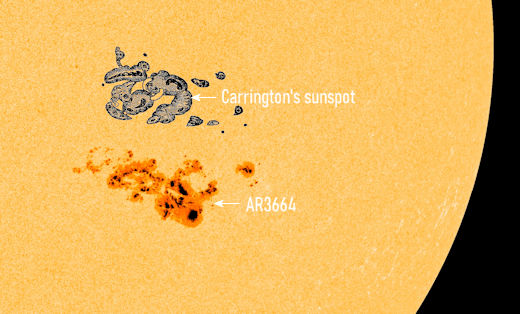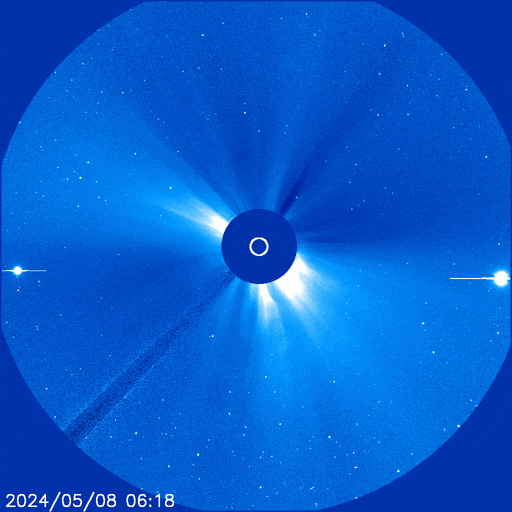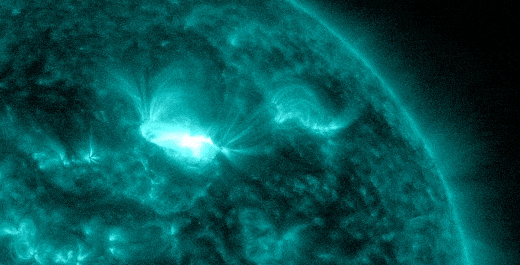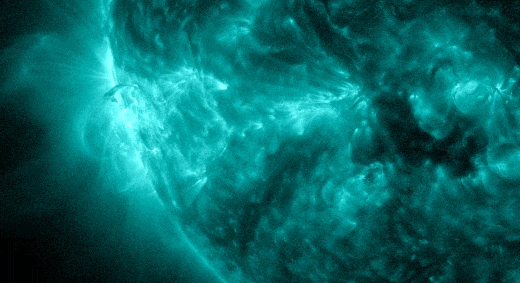
#X-CLASS #SOLAR #FLARE: Emerging #sunspot AR3869 erupted this morning (Oct. 24th @ 0357 UTC), producing a slow X3.3-class solar flare. NASA's Solar Dynamics Observatory recorded the hour-long flash:
X-ray Solar #Flares
6-hr max: X3 0357 UT Oct24
24-hr: X3 0357 UT Oct24
Extreme #ultraviolet #radiation from the flare ionized the top of #Earth's atmosphere. This, in turn, caused a shortwave radio blackout over Australia and Southeast Asia. Ham radio operators may have noticed loss of signal at frequencies below 30 MHz for as much as an hour after the flare.
This explosion almost certainly produced a #CME. The US Air Force is reporting a Type II solar radio burst, a natural signal that comes from shockwaves at the leading edge of CMEs. Characteristics of the burst suggest a CME traveling 1.3 million mph.
